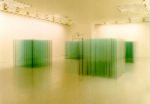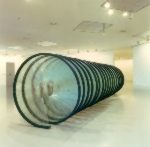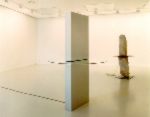COSTAS VAROTSOS: THE CONQUEST OF THE APENNINES
A major retrospective exhibition of work by the Greek sculptor Costas Varotsos will be open until the end of April 1998 in the medieval Norman castle of Roccascalegna in the foothills of the Apennines. After Yannis Kounellis, Varotsos is the Greek sculptor best known in Italy – and he is certainly the artist in whom our neighbours have most confidence when it comes to commissioning public sculptures. As the visitor to this exhibition mounts the steps to the Castello –rather as one approaches the Palamidi fortress in Nafplio – he is surprised to find that each cornet contains one of Varotsos’ unusual transparent constructions, while miles away, on a cliff in the Apennines, he can gaze at a huge sculpture in glass, The Morgia. There, Varotsos intervened in a historic place (the rock had been shelled by the Nazis and split in half) in order to restore its original natural form by means of an artistic gesture. (…)
MANOS STEFANIDIS
IN AMPHIBIAN IMAGES
Forms delineated through conjunctions of matter, light and space: those are the sculptural propositions of Costas Varotsos. (…)
ATHENA SCHINA
THE POET
(…) Varotsos, mindful of the minimalist and conceptual experiments, destroys the closed and absolute nature of form, to recover its emotional and semantic strength in a modern direction. (…)
LIARIA SCHIAFFINI
VAROTSOS: ARTIST OF THE INCORPOREAL
(…) When we look at Varotsos’ work, we wonder why it never occurred to us that transparency is being unambiguously conveyed in Labyrinth, that Implosion conveys the disturbance of order, that the theme of Dangerous Dancer is a hazardous balance, that Evolution deals with movement, and that The Poet focuses on stability, the weight of the idea, and the fact that the cosmos is built out of ideas. (…)
MATOULA SKALTSA
|
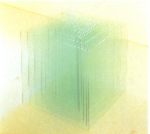
Labirynth, 1990
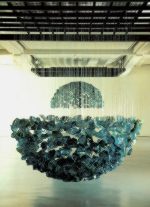
Globe, 1994
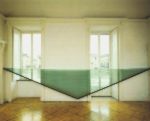
Horizon, 1990
|
